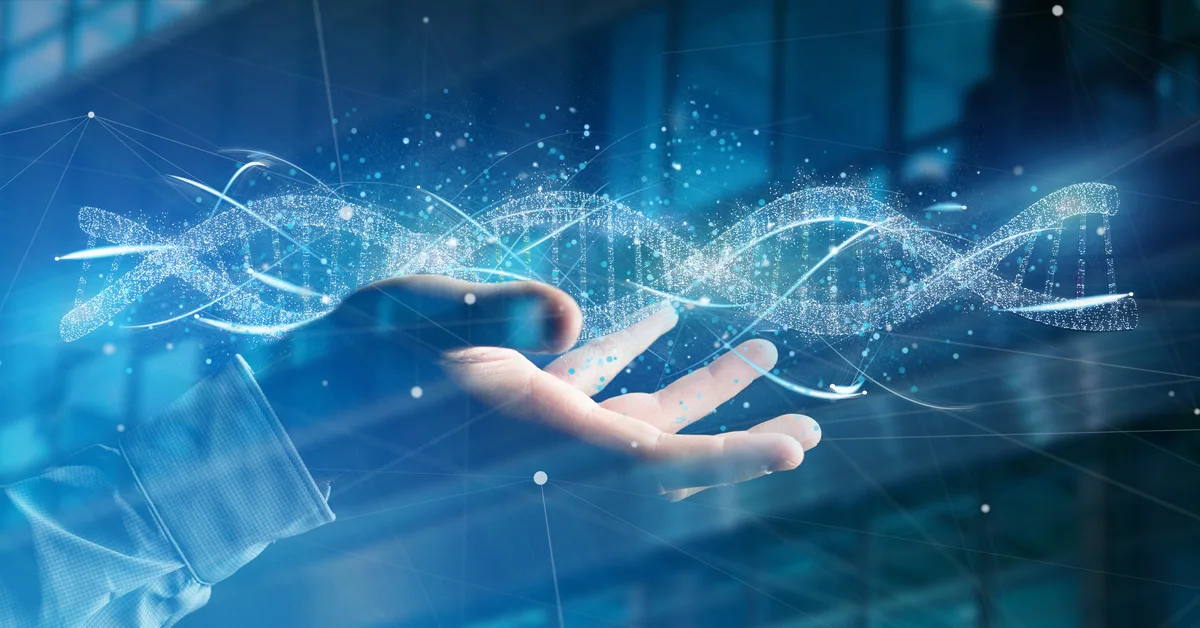

Optical Network Terminals (ONTs) differ from traditional modems in terms of functionality by converting optical signals from a fiber-optic network into electrical signals that can be used by a user's devices. Unlike traditional modems that typically only provide internet connectivity, ONTs can support multiple services such as internet, TV, and phone simultaneously, making them more versatile in meeting the needs of users.
The key components of an Optical Network Terminal (ONT) include an optical receiver, a transmitter, a processor, and a power supply. The optical receiver receives optical signals from the fiber-optic network, which are then converted into electrical signals by the transmitter. The processor manages the data flow and communication between the ONT and the user's devices, while the power supply ensures that the ONT has the necessary power to function properly.
Multi-dwelling unit (MDU) residents no longer just expect a roof over their heads; they demand a reliable connected existence. Connectivity is key. The internet isnot only an indispensable utility, but one that MDU residents expect property owners to provide. This post explores why a reliable internet service is crucial for property management and the potential consequences of dead spots, slow speeds, and internet downtime.

Posted by on 2024-02-07
Greetings from the technical forefront of Dojo Networks, your community’s internet service provider. In this article, we embark on a technical journey to explore the intricacies of WiFi connectivity within your apartment complex. As WiFi ninjas, we'll delve into the advanced mechanisms and protocols underpinning our managed network, detail the disruptive influence caused by personal routers, and explain why a unified approach from all residents is essential for ensuring optimal internet performance.

Posted by on 2024-01-18
It’s in our DNA. It made us who we are. DojoNetworks got its start more than 20 years ago as an internet company selling retail direct to MDU residents. We sold against the big carriers… one customer at a time. To win over–and retain–customers who assumed the cable company was their only option, we had to provide better value and better service. No other service provider in our industry, no one, has this amount of direct-to-customer experience or success. The carriers were used to being the only game in town, and the other MSPs all started with bulk, knowing they had a captive audience. A few MSPs are just now starting to offer opt-in service and have a year or two of experience.

Posted by on 2023-10-30
Smart apartment buildings, equipped with cutting-edge technology and automation systems, are becoming the new standard in property management. In this comprehensive guide, we will explore the concept of smart apartment buildings, the benefits they offer to owners and tenants, how to build or upgrade to one, the key features and technologies involved, and the steps to plan and implement a smart apartment building strategy.

Posted by on 2023-09-25
For students and other multi-tenant property residents, high-speed internet service is no longer a luxury. It’s a necessity. Internet access is commonly referred to as the “fourth utility” and is viewed by many to be THE MOST IMPORTANT UTILITY™.

Posted by on 2023-07-20
Yes, Optical Network Terminals (ONTs) can support multiple services such as internet, TV, and phone simultaneously. This is made possible by the different ports and interfaces available on the ONT, which allow users to connect their devices and access the various services provided by their service provider.

The installation process of an Optical Network Terminal (ONT) differs from that of a regular modem in that ONTs require a fiber-optic connection to the network, whereas traditional modems typically use a coaxial cable or DSL connection. Additionally, ONTs may need to be installed by a technician to ensure proper configuration and connectivity.
Some common troubleshooting issues that users may encounter with Optical Network Terminals (ONTs) include connectivity issues, slow internet speeds, and configuration errors. These issues can often be resolved by power cycling the ONT, checking the fiber-optic connection, or contacting the service provider for assistance.

There are different types of Optical Network Terminals (ONTs) available on the market, including indoor ONTs, outdoor ONTs, and modular ONTs. The main differences between these types lie in their form factor, installation requirements, and the number of ports and interfaces available for connecting devices.
MDU Internet Infrastructure Used Currently For Commercial Applications in 2024
The data transfer speed of an Optical Network Terminal (ONT) is typically faster than that of a traditional modem, as ONTs are designed to handle the high-speed capabilities of fiber-optic networks. This allows users to experience faster internet speeds and more reliable connectivity when using an ONT compared to a traditional modem.

Residents of MDUs have access to a variety of support channels for internet-related issues and inquiries. These support channels may include a dedicated customer service hotline, online chat support, email support, and in-person support at a local office or service center. Additionally, residents may be able to find helpful resources on the provider's website, such as troubleshooting guides, FAQs, and community forums. Some providers may also offer support through social media platforms or mobile apps. Overall, MDU residents have a range of options available to them when seeking assistance with their internet services.
MDU broadband solutions, also known as multi-dwelling unit broadband solutions, differ from single-family residential deployments in several key ways. MDU broadband solutions are specifically designed to meet the unique needs of apartment buildings, condominiums, and other multi-unit residential complexes. These solutions often involve the installation of fiber-optic networks, Ethernet connections, and wireless access points to provide high-speed internet access to multiple units within the same building. In contrast, single-family residential deployments typically involve the installation of a single internet connection for a standalone house. MDU broadband solutions may also include features such as centralized management systems, bulk billing options, and shared amenities to accommodate the needs of multiple residents living in close proximity. Additionally, MDU broadband solutions often require specialized equipment and installation techniques to ensure reliable connectivity in a densely populated environment.
ONTs in MDU fiber optic installations are typically deployed and managed using a centralized approach, where a main distribution frame (MDF) is utilized to connect multiple ONTs within the building. The ONTs are installed in each individual unit or apartment, with fiber optic cables running from the MDF to each ONT location. Once installed, the ONTs can be managed remotely through a network management system, allowing for easy monitoring and troubleshooting of the network. This centralized management approach ensures efficient deployment and maintenance of the ONTs in MDU fiber optic installations.
Traffic engineering mechanisms are commonly applied in MDU internet networks to optimize network performance and ensure efficient data transmission. These mechanisms include Quality of Service (QoS) protocols, such as DiffServ and MPLS, which prioritize certain types of traffic based on their importance or sensitivity to delays. Bandwidth management tools, like traffic shaping and traffic policing, help regulate the flow of data to prevent congestion and ensure fair distribution of resources among users. Additionally, network monitoring and analysis tools are used to identify bottlenecks and optimize routing paths for improved performance. By implementing these traffic engineering mechanisms, MDU internet networks can deliver a reliable and high-quality service to their residents.